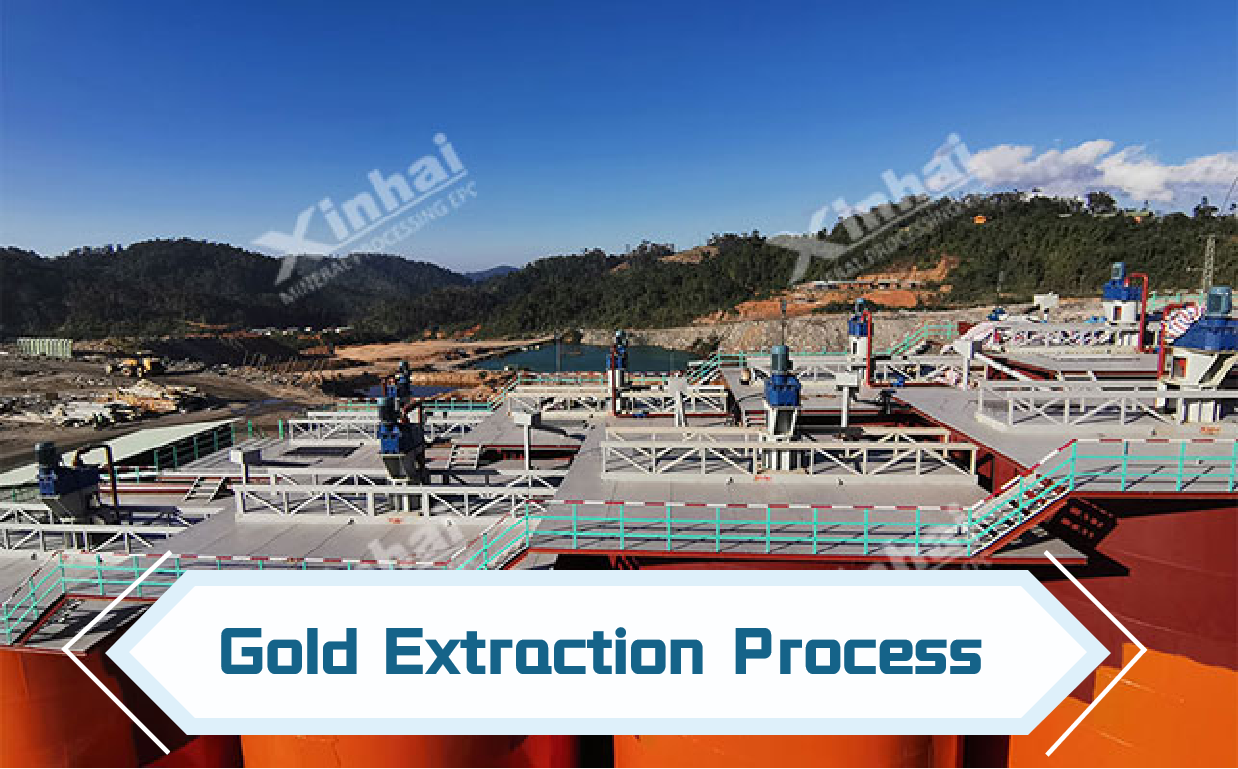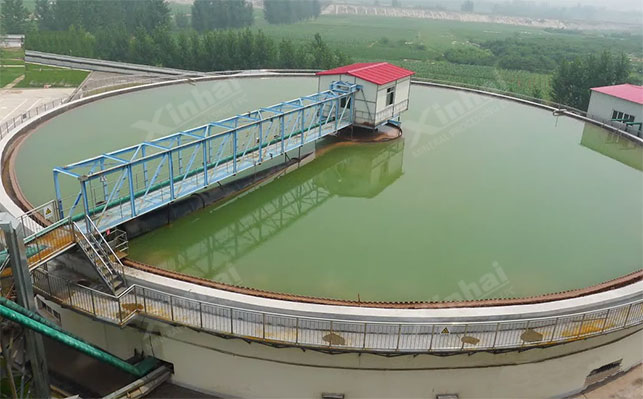[Gold Extraction Process] 6 Major Processes Of CIL
2022-08-27 Xinhai (2597)
2022-08-27 Xinhai (2597)
If you have any questions, please contact us through the following ways, we will give you more and better assistance!

Carbon leaching gold extraction (CIL) process is one of the cyanidation gold extraction processes,which is developed on the basis of the CIP process.
CIL process is a process of using activated carbon to adsorb dissolved gold in cyanidation leaching pulp, which is widely used in many gold ore dressing plants.
The biggest feature of the CIL process is that the two operations of cyanide leaching and activated carbon adsorption of pulp are carried out simultaneously.
The main processes of CIL process are pulp impurity removal, concentration before leaching, leaching and adsorption, desorption electrolysis, pyrometallurgy and activated carbon regeneration.

The pulp after crushing and grinding cannot directly enter the cyanidation leaching process, and it needs to be treated with impurity removal.
The removal of impurities is mainly to remove impurities such as sawdust and grass roots in the pulp.
On the one hand, it is to prevent impurities from adsorbing gold in the pulp, resulting in the loss of gold; on the other hand, it is to prevent impurities from clogging the carbon separator.

The concentration of the overflow pulp in the grinding and classification operation is not suitable for direct leaching, which may affect the leaching time and the state of the activated carbon, so the concentration operation should be carried out.
Concentration operations generally use thickeners with small footprint and high operating efficiency.

The leaching and adsorption of the CIL process are carried out at the same time. Generally, 5-12 leaching tanks are arranged in series in a stepped arrangement.
The gold extraction agent will be added in the first one or two leaching tanks as a pre-soak tank, and activated carbon will be added in the latter tank as an adsorption tank.
Activated carbon is adsorbed in countercurrent, that is, activated carbon is added to adsorb gold from the last leaching adsorption tank. After becoming gold-loaded carbon, it is discharged from the first leaching adsorption tank, and enters the desorption electrolysis process after being screened and washed.

The desorption operation is to replace the gold on the gold-loaded carbon to obtain pregnant solution containing gold.
The commonly used method for desorption of gold-loaded carbon is high temperature and high pressure desorption method, which is to add anions that are easily adsorbed by activated carbon to replace the gold ions under the conditions of high temperature and high pressure.
The electrolysis operation is to obtain gold mud by electrolytic process from the gold-containing pregnant solution obtained by desorption.

Pyrometallurgy is to directly smelt the gold mud obtained by desorption and electrolysis after simply pickling and removing impurities to obtain gold ingots. Most gold mines use this method.
The purity of gold ingots obtained by pyrometallurgy can reach more than 99.99%.
The desorbed activated carbon needs to be treated to restore its activity, so as to return to the process for adsorption and gold extraction again.
There are two main types of activated carbon regeneration: fire regeneration and wet regeneration. The most commonly used method is fire regeneration.
The above are the six processes of the CIL process.
Although the carbon leaching method is simple and easy to operate and has a good recovery rate, it is not suitable for all types of gold ores.
The most suitable gold beneficiation process needs to be determined through processing tests.